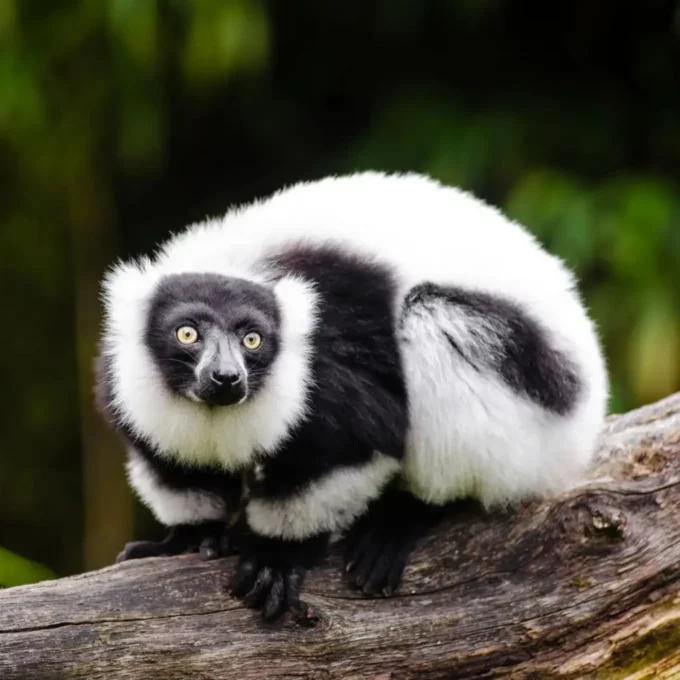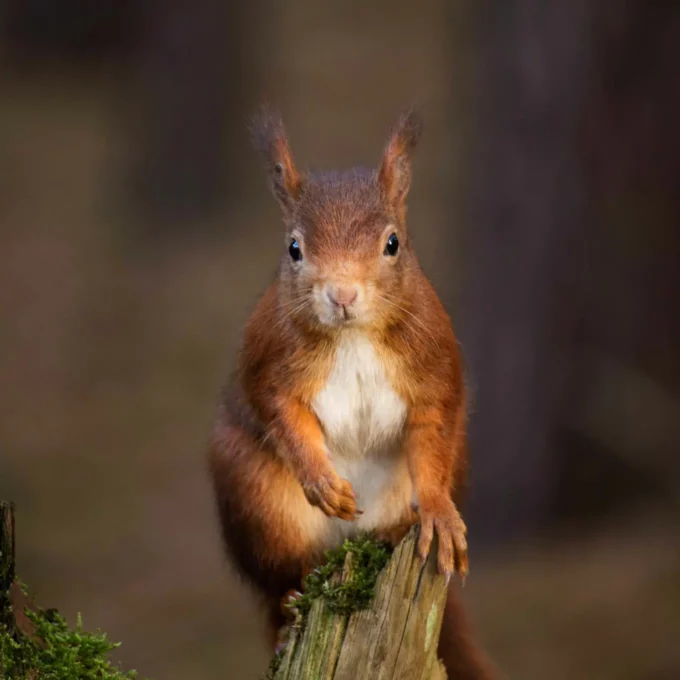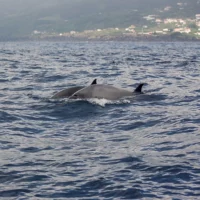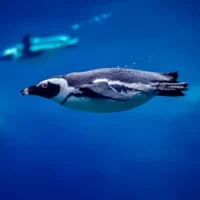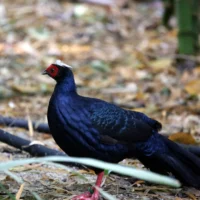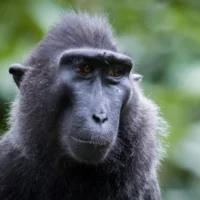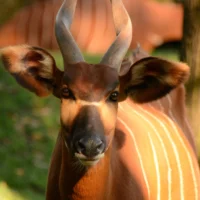Black and white ruffed lemurs have twelve different vocalisations that are loud enough as to be heard from half a mile away. Unlike most primates, they build up to fifteen nests in trees to leave infants in while they forage for fruits, seeds, leaves and nectar, transporting their infants in their mouths rather than having them cling on to their mothers’ midsection. They travel around home ranges in groups of up to 16 and have strong social bonds between members of the group.
Fun fact – They are the world’s largest pollinators – pollen sticks to their snouts and the thick fur around their faces to be transported from plant to plant!
-
Ecology
-
Threats
High rates of rainforest logging destroys their habitat and removes fruit trees which these lemurs rely on for food. This logging also creates tracks into the rainforest, giving poachers easier access to the lemurs. Due to their loud vocalisations and large size, they are among the most heavily hunted species of lemur, caught for human consumption or for the illegal pet trade in Madegascar.
-
Conservation
Black and white ruffed lemurs are protected in several national parks, and they appear on CITES Appendix I, meaning commercial, international is trade is prohibited. Captive populations seem to thrive, and breeding programmes have been set up in zoos to increase the genetic diversity of the population. However, individuals raised in captive seem to struggle to adapt to life in the wild, so more protection is needed in nature reserves to maintain reintroduced populations. The genetic samples stored by Nature’s SAFE may play a important role in future regeneration of the black and white ruffed lemurs.
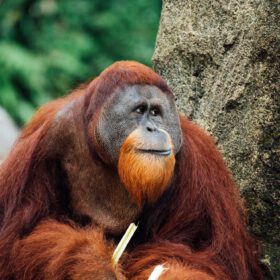
Fundraise for us
Sponsor a Fundraising Hero embarking on a challenge, or plan your own fundraiser to support us.
Get Started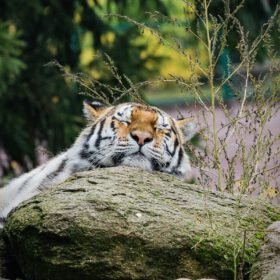
Corporate participation
Explore opportunities to develop a corporate partnership with us.
Get Started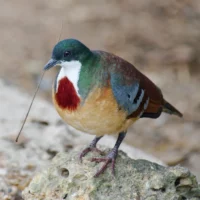
Mandanao bleeding-heart dove
Total Population: Less than 2,500 in the wild
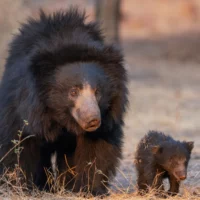
Sloth bear
Total Population: Less than 20,000 in the wild
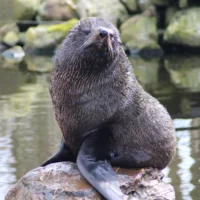
South American fur seal
Total Population: Around 200,000 in the wild
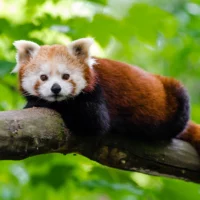
Red Panda
Total Population: Less than 10,000 in the wild
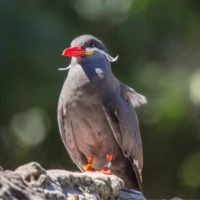
Inca Tern
Total Population: Around 150,000 in the wild
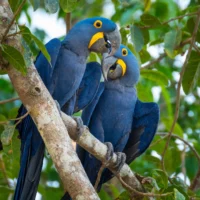
Hyacinth macaw
Total Population: Around 6,500 in the wild
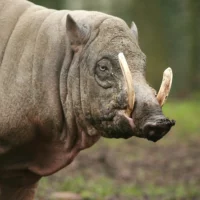
Babirusa
Total Population: Less than 10,000 in the wild
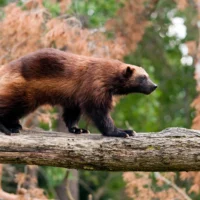
Wolverine
Total Population: Around 13,000 in the wild
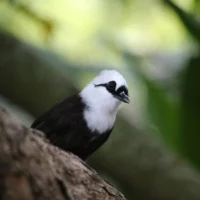
Sumatran laughing thrush
Total Population: 2,500 - 10,000 in the wild
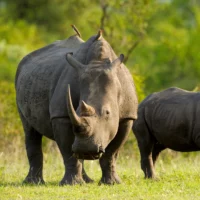
Southern white rhino
Total Population: Around 15,000 in the wild
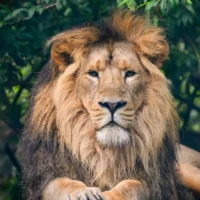
Asiatic Lion
Total Population: Around 650 in the wild
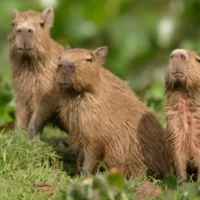
Capybara
Total Population: Unknown
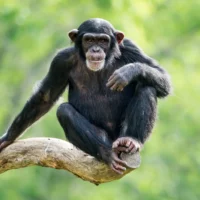
Chimpanzee
Total Population: 170,000 - 300, 000 in the wild
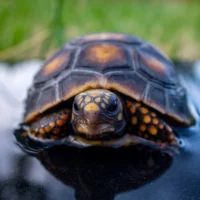
Red-footed tortoise
Total Population: Unknown
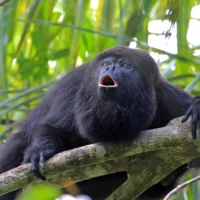
Black howler monkey
Total Population: Less than 5,000 in the wild
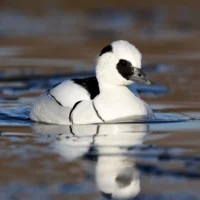
Smew
Total Population: Around 80,000 in the wild
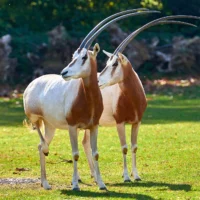
Scimitar-horned oryx
Total Population: Around 400 in the wild
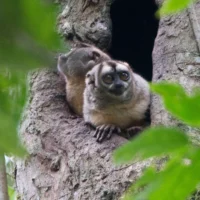
Spix’s night monkey
Total Population: Unknown
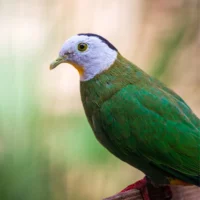
Black-naped fruit dove
Total Population: Unknown
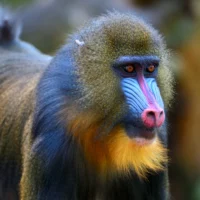
Mandrill
Total Population: Unknown
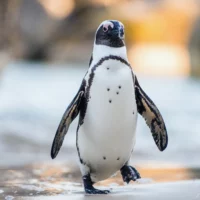
African penguin
Total Population: Less than 40,000 in the wild
